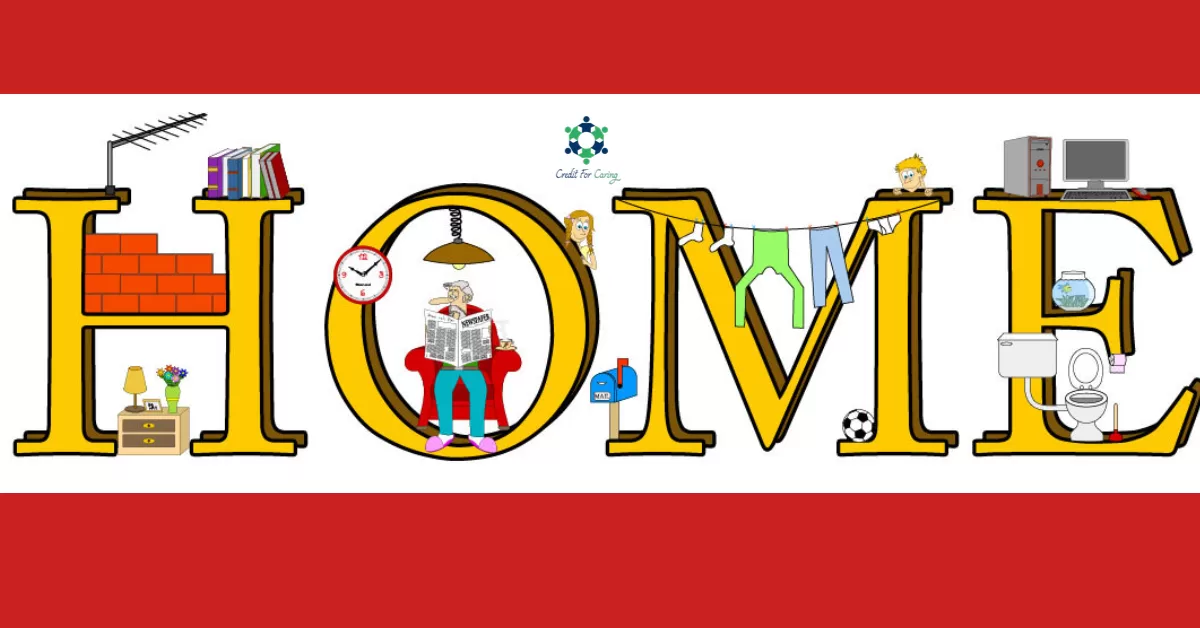When and Where You Want It
The pandemic has accelerated the pace of moving care to where and when you need it. The Choose Home Care Act now before Congress addresses these critical issues. This legislation is a breakthrough for Medicare financing and accessing care.
Use Case for Care Today
Today’s health delivery system is filled with barriers to care for most Americans. Take the example of the American family where both parents are working, children are enrolled in school and the grandparents are living within an hour’s drive of their home. Neither parent can work remotely. Both work during traditional ‘business hours.’ However, most healthcare services schedule appointments during the same hours. If this family needs wellness or sick care, they must take time away to receive care. The second option is after-hours care must be commonly provided in a hospital emergency department. Caregiving is problematic too. The grandparents’ care happens during business hours, so the adult children are unlikely to participate in appointments and care plan conferences.
New Care Models
Fortunately, the movement toward home-based care is making significant progress. The American Academy of Home Care Medicine identifies a variety of home care models with new programs emerging every month:
- Home-based Primary Care
- Hospital at Home
- Urgent Care at Home
- Palliative Care
- Community Paramedicine
Watch this video for an overview of home-based care from the American Academy of Home Care Medicine.
Put Yourself in Someone Else’s Shoes
Many of our nation’s top health institutions are embracing ‘home’ care by piloting programs for end-stage renal disease, cancer treatment, chronic health conditions, and the post-acute care recovery phase that this legislation addresses.
Imagine understanding the whole person and not just the ‘disease’ giving clinicians a window into their patients’ reality. There’s no better way to ‘know’ the patient than to see them at home surrounded by who and what they value. Bringing together formal and informal caregivers, home-based care can meet patient needs in ways that are safer and better tailored to individual situations
Saves Time, Saves Money
The Centers for Medicare and Medicaid are financing major health institutions to begin the home-based care programs. The cost savings and outcome data are convincing lawmakers of the benefits. Additionally, home-based care ‘touches’ the patient and family caregivers with greater frequency leading to fewer emergency department visits and readmissions.
The Choose Home Care Act promises extended at-home benefits such as home modifications, transportation, meals, home health aide, and other services depending on the situation. Most of all, the cost is less than residential care and is preferred by those who opt into these programs. Regardless of this legislation’s fate, these models are already emerging in Medicare Advantage, commercial insurance, and Medicaid expansion programs.

Curing Fragmented Care
Our healthcare system is, well, fragmented often working toward different incentives. Take for example the transfer from an acute care hospital to a nursing home. These poorly managed transfers result in medication errors, lack of family and patient education, and inadequate information exchange from a hospital to a nursing home. The remedy is often to return the patient to the hospital.
Unfortunately, the patient and family members are the least informed but most critically impacted when the ‘system’ drops the ball. These handoffs, between care settings, are fraught with dangers for patients and family caregivers, especially when managing multiple health conditions. The new ‘home’ models reduce the hand-offs by working with a consistent and dedicated interdisciplinary team that minimizes what gets lost in the shuffle. The Choose Home Care Act is a bold step forward. Let’s do our best to make it the new standard of care.
Yours in Health,
Monica
Monica Stynchula, MSW, MPH





